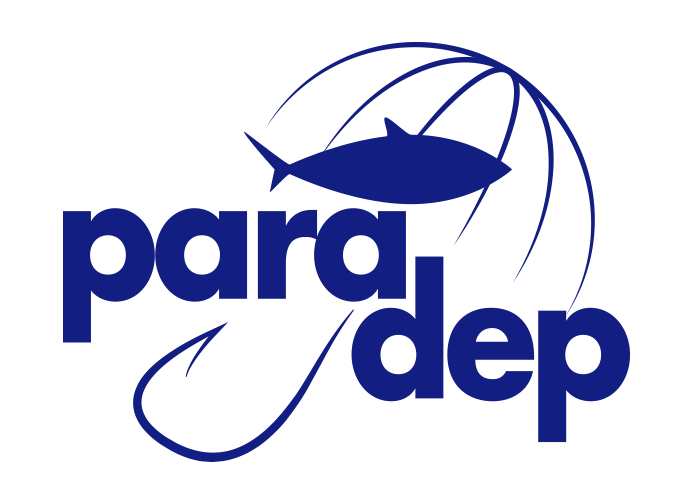Depredation is defined as the damage or removal of fish from fishing gear by predators and raises concerns about the conservation of marine protected species involved, fisheries yield and profitability, and stock assessment of target species. There is an obvious lack of knowledge about depredation impacting pelagic longline fisheries, especially in the southwest Indian Ocean. Thus, there is a real need for the development of accurate indicators to assess its impact in a given fishery. In Reunion Island, local pelagic longliners targeting swordfish (Xiphias gladius) and tuna (Thunnus spp.) are affected by short-finned pilot whale (Globicephala macrorhynchus), false killer whale (Pseudorca crassidens) and pelagic shark depredation. Catch and depreda- tion data collected during self-reporting, commercial and experimental cruises between 2007 and 2015 were used to compute depredation indicators such as the depredation occurrence (Interaction Rate), the proportion of fish depredated among the overall catch (Gross Depredation Rate), the average proportion of fish depredated per depredated set (Damage Rate) and the number of fish depredated per 1000 hooks (Depredation Per Unit Effort). Here we show that shark depredation impacted more fishing sets (IRs=31%) than toothed whale depredation (IRc=14%), but when depredation occurred, toothed whale depredation impact was higher: the number of fish damaged per 1000 hooks and the average proportion of fish damaged per set were greater for toothed whale depredated sets (DPUEc*=2.7 fish and DRc*=16.8%) than for shark depredated ones (DPUEs*=1.2 fish and DRs*=6.4%). Since 2011, when the pelagic fleet concentrated its fishing effort around the Reunion EEZ and the east coast of Madagascar, the gross depredation rate increased and ranged from 4 to 6.3%. In areas of high toothed whale depredation rates, the amount of fish lost per fishing operation was high (DPUEc*=3.2 fish/1000 hooks, DRc*=18%). In areas of low toothed whale depredation rates, the amount of fish lost per fishing operation was low (DPUEc*=1.8 fish/1000 hooks, DRc*=4.6%). Shark depredation has low impact on commercial CPUE. However, one should keep in mind that these are minimum depredation estimates, since several uncertainties could not be taken into account: total depredation leaving no trace on the hook, bait depredation by small delphinids indirectly leading to catch loss, toothed whale presence scaring fish away or additional running costs when leaving a fishing area to avoid predators. Thus, combined with marginal profits, increased running costs and low fish prices, toothed whale depredation has disastrous effects on Reunion pelagic longline fishery.


